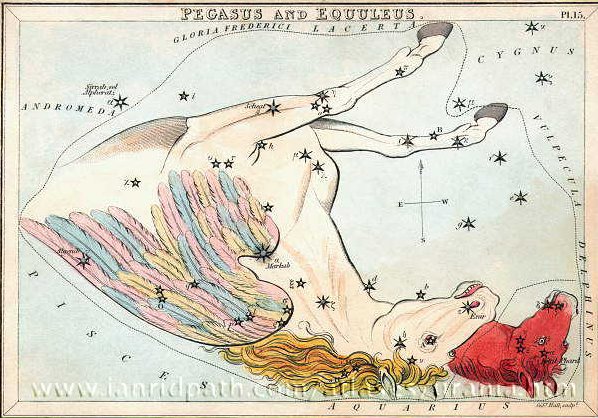 |
 |
 |
 |
 |
| Cb6-22 |
Cb6-23 |
Cb6-24 (531) |
Cb6-25 |
Cb6-26 |
| August 31 |
September 1 |
2 |
3 |
4 (248) |
| Alterf 2 |
3 |
4 |
5 |
6 (111) |
Cb6-24 is glyph 531 (= 18 * 29½), and 62 * 4 = 248 = September 5 in an ordinary year. In a leap year it is September 4, and in Cb6-26 we can count 62 * 6 = 372. From vero in Ca14-9 - possibly referring to Benetnash (the Leader of the Daughters of the Bier) - to moko in Cb6-26 there are 161 glyphs (days). 161 - 80 = 81. 8 * 10 + 9 * 9 = 161 = 23 weeks.
 |
160 |
 |
| *Ca14-9 (372) |
Cb6-26 (533) |
| March 27 (452) |
160 |
September 4 (248) |
| Benetnash (208.5) |
79.9 |
Nunki (288.4) |
With Benetnash as the nakshatra star of Polaris then Nunki (σ Sagittarii) could be nakshatra star of some star rising 81 days later than Benetnash. But the distance from vero in Ca14-9 to moko in Cb6-26 is 161 days, about twice as long. Nunki was in rongorongo time rising heliacally close to 19h. 19h + 12h - 24h = 7h and Nunki is therefore the nakshatra star of Wezen.
| Heliacal stars |
RA distances |
Nakshatra stars |
| Polaris (26.6) |
181.9 |
Benetnash (208.5) |
| Aldebaran (68.2) |
180.9 |
Antares (249.1) |
| Wezen (107.1) |
181.3 |
Nunki (288.4) |
The broad rump of moko in Cb6-26 could indicate a bright star. In G we can see its time coincides with the heliacal rising of Dubhe (α Ursae Majoris, at the spine of the Great Bear - or at the beginning of the Bier):
| Heliacal stars |
RA distances |
Nakshatra stars |
| Polaris (26.6) |
181.9 |
Benetnash (208.5) |
| Aldebaran (68.2) |
180.9 |
Antares (249.1) |
| Wezen (107.1) |
181.3 |
Nunki (288.4) |
| Dubhe (166.7) |
182.8 |
Markab Pegasi (349.5) |
However, the distance is somewhat too long compared to the other examples. A better fit is Fomalhaut (α Piscis Austrini), which southern position is in harmony with the low rump of moko:
There are 29 glyphs in line Cb6, but I guess the last 3 belong in the 4th period, see next page:



















